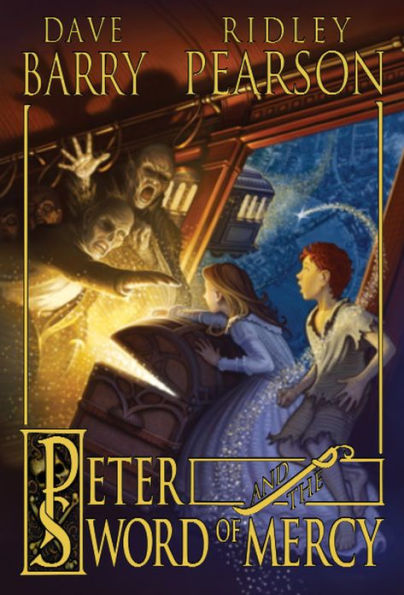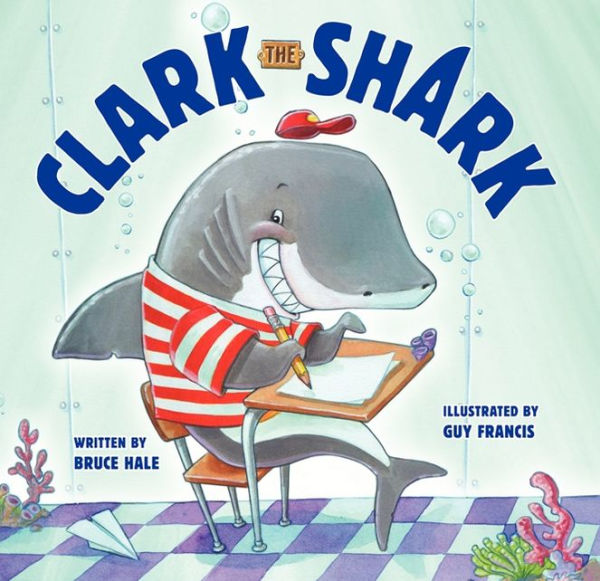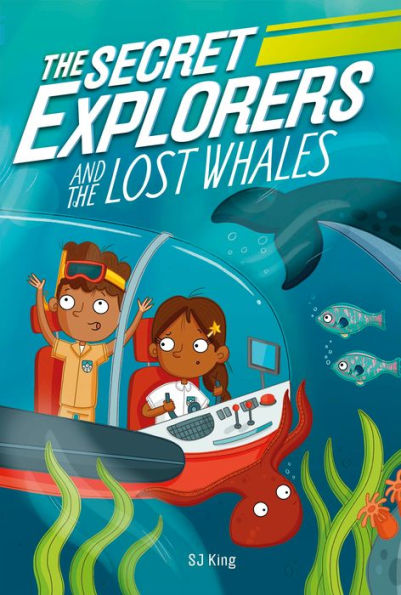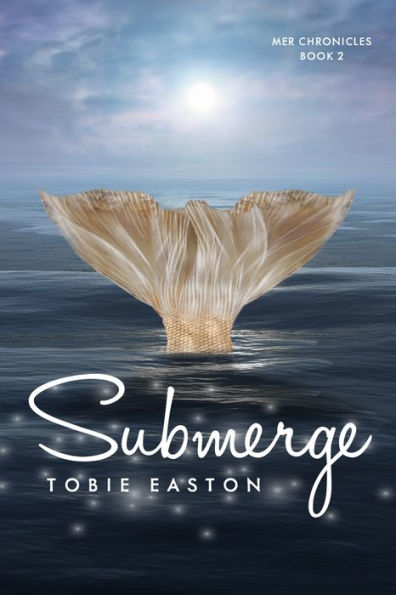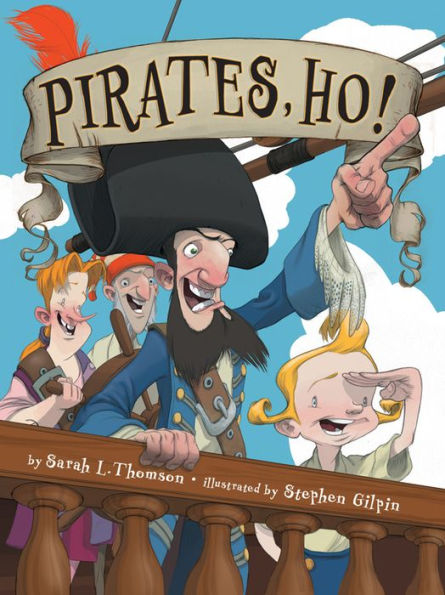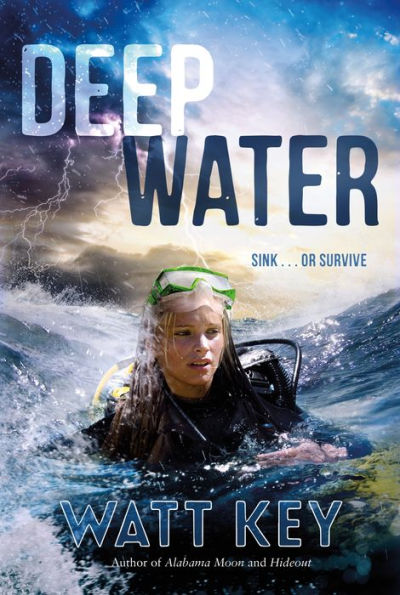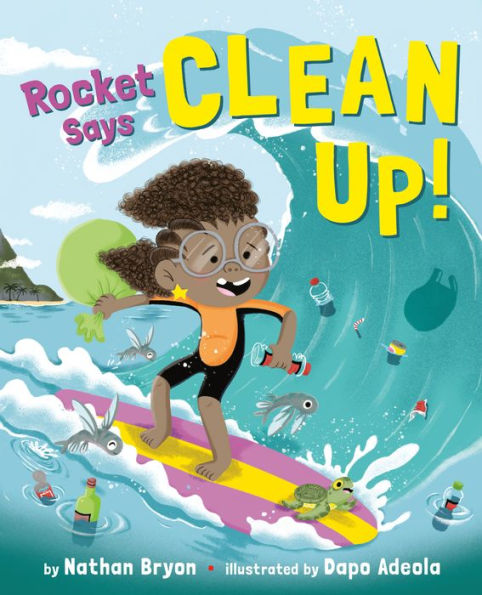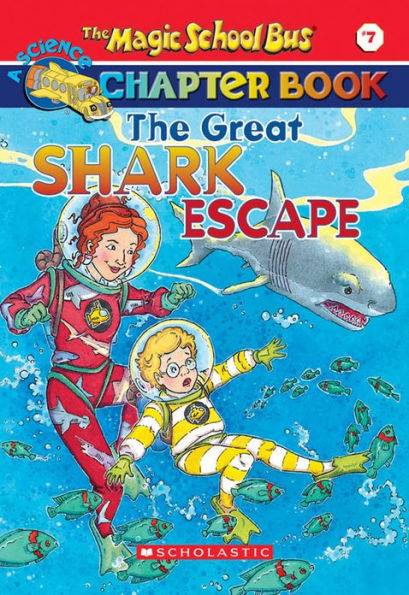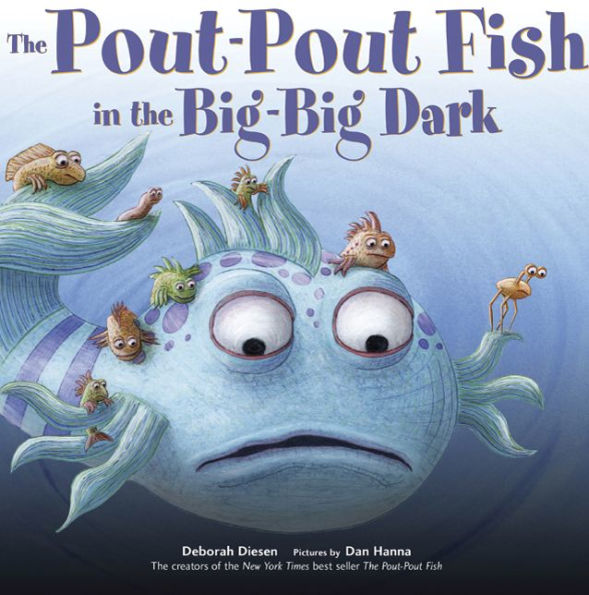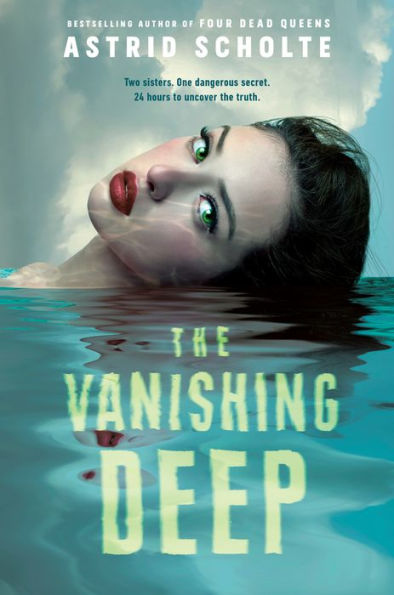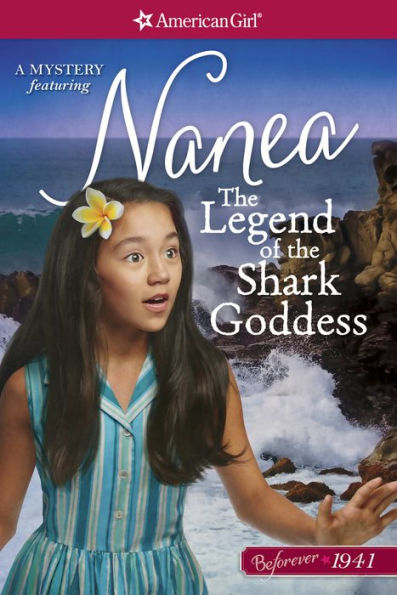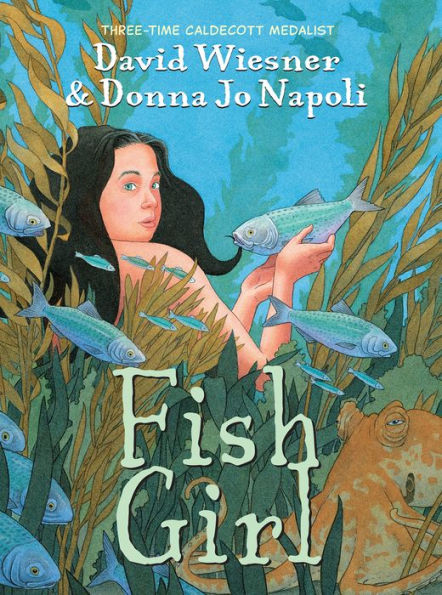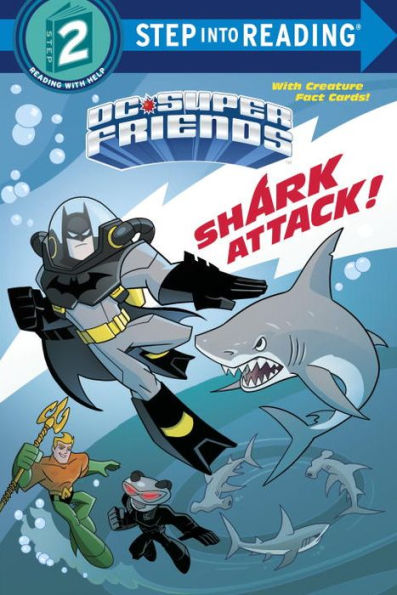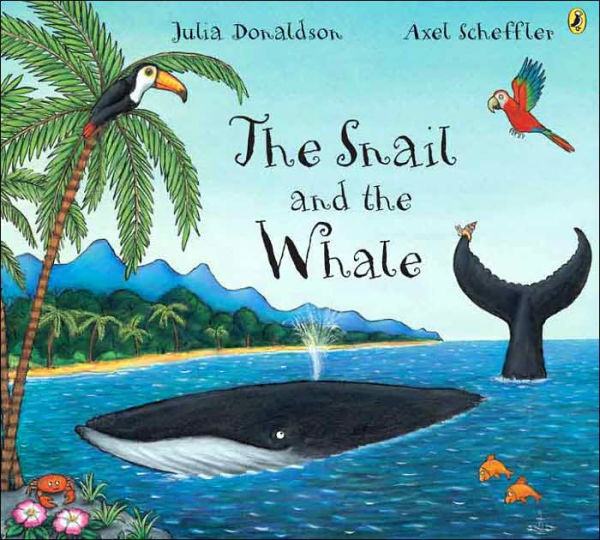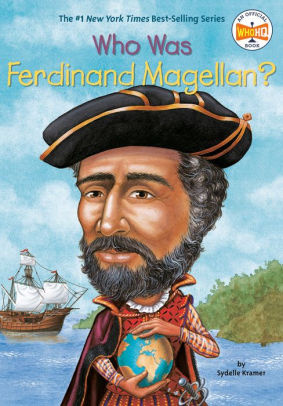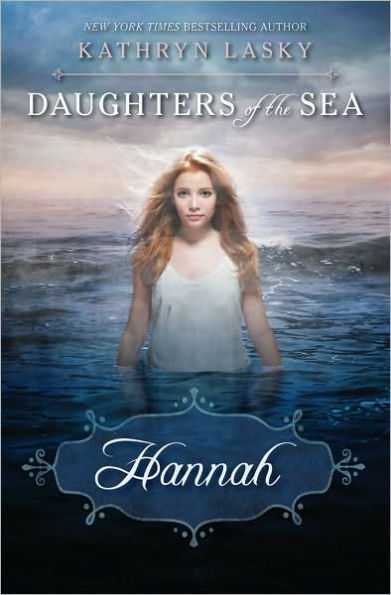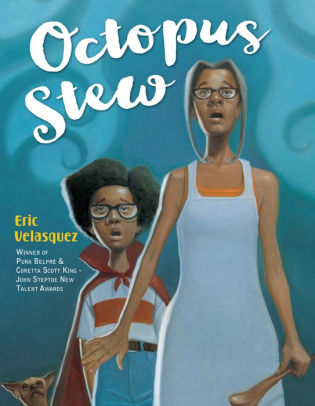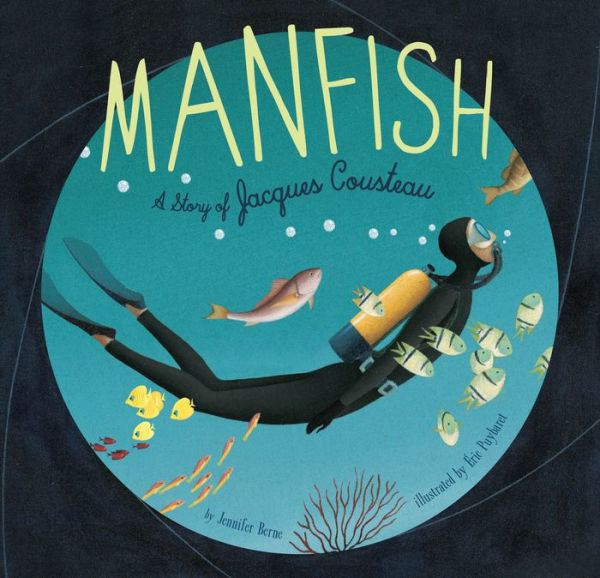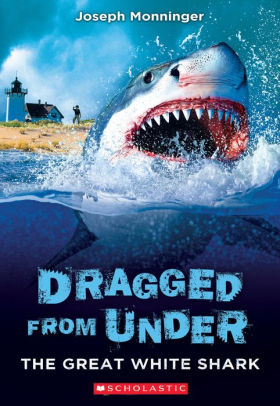Life on the island has continued peacefully for many years. With fallen starstuff in the island’s water supply, no one gets sick and no one ages. So Peter is very surprised when Wendy—Molly’s daughter—shows up on the island in desperate need of help.
Wendy grew up with no idea that the starcatchers existed. After Peter and Molly’s adventure in Rundoon, starstuff stopped falling and it was thought that no more of the Others existed. So the starcatchers stopped recruiting new members and faded to a tiny group of mostly elderly members. Needless to say, the starcatchers are not prepared when trouble brews anew. After both of Wendy’s parents disappear, Lord Aster—elderly and bedridden—tells Wendy there is only one person who can help: A very special boy on an island that is very hard to find.
For fans delighted with the Starcatcher series, as well as the fans who were disappointed with the first two sequels, this final installment ends the series with a flourish! Harkening back to the glory of the first book, Peter and the Sword of Mercy has action and mystery galore. Readers will be shocked when encountering old friends who are twenty years older than in the last book. An elderly Lord Aster and a fading starcatchers’ society are a shock to Peter, as is learning that Molly married George and had a daughter named Wendy.
The mix of old and new characters carries the story along at a breakneck pace. Rather than the fractured storylines that made the last installment difficult to relate to, this book returns to the original book’s more streamlined approach. Readers still follow events from several character’s points of view, but by focusing largely on Peter’s point of view. Peter and the Sword of Mercy succeed in emotionally engaging readers. The shifts in point of view are well-done, are never confusing, and allow readers to view events happening with Peter’s friends as well as the events put in motion by the Others.
With non-ending action, a broadcast of colorful characters, and the emotional rollercoaster ride of returning to London after twenty years, Peter and the Sword of Mercy is a glorious ending to a beloved series.
Sexual Content
- None
Violence
- In the year 811 A.D., two warriors battle. “Charlemagne drew his sword, known as Joyeuse. Both men grunted as they swung their weapons, the blades glinting in the firelight, the clash of metal echoing off the chapel’s stone walls . . . Ogier swung his sword, just missing Charlemagne’s jaw but slicing off a piece of the king’s beard.” The fight is described over two pages.
- When a bobby tries to grab Molly, “she drew back her right foot and kicked him hard on the shin. As he bent over in pain, she yanked her arm free with all her strength, ripping her sleeve but freeing herself. She ran.” She gets away unharmed.
- A character named the Skeleton is able to cause excruciating pain with the slightest touch. “The Skeleton’s claw-hand moved, ever so slightly. The priest screamed as his body was wracked with searing pain, starting at his neck but suddenly everywhere at once.”
- Wendy crashes a flying machine called an ornithopter. “Wendy felt a stab of pain as her head struck the ornithopter frame. Before she could hold her breath she was dragged underwater.” She is rescued by porpoises.
- Peter is hurt when his ship crashes. “Peter and Wendy were hurled sideways, slamming into the passageway wall. Peter’s head hit something, and he fell to the floor, dazed.”
- A bad man threatens to burn his henchmen. The henchmen obey him immediately because “one time he’d pulled out most of a man’s hair by the roots. He’d reached into another man’s mouth and yanked out a gold tooth. They figured he was perfectly capable of using their bodies as fuel for smoke signals.”
- A crewman tries to stop Wendy from escaping. She “drew back and kicked out with all her strength. Suddenly her shoe came off in his hand and she fell backward over the railing.”
- Peter and his friends set off an explosion as a distraction. “Fortunately for them, none of the bobbies were directly in front of the door when it blew, although all of them were thrown violently backward and onto the ground.”
- Peter pushes a bobby as they try to escape. “The three bobbies, yelping in pain and fear, tumbled after her. Peter had shoved the first from behind; he had taken the other two down, like bowling pins. They sprawled onto the floor, moaning.”
- The Skeleton hurts Peter with his touch. “And then he [Peter] screamed in pain. Without knowing how he got there, he realized he was on his knees. The awful pain had receded from his body, but it had left him too weak to stand.”
- The Skeleton hurts a prisoner. “He reached out his claw and touched the shoulder of the man next to James. The man screamed and fell to the floor.”
- Von Schatten, one of the Others, attacks James. “Von Schatten spun, bringing the sword around. The flat side caught James in the forehead with a sickening sound. James fell to the ground, blood gushing from his head.”
- James electrocutes von Schatten. Afterward Peter “screamed at the ghastly sight only inches from his face: Von Schatten lay twitching on his back, smoke pouring from his clothes as his flesh burned with a stomach-turning stench. The worst was his face. His eyeglasses had melted, forming two back rivers down his gaunt cheeks. Left exposed were the eyes, which were not eyes at all, but two gaping holes in the center of his skull, revealing nothing inside but a red glow. Wisps of smoke drifted upward from the holes.”
- As a tunnel collapses, “huge chunks of earth and rock began to fall from the tunnel roof. A roof beam fell on George, knocking him to the ground.”
- Hook attacks Peter. “He brought the sword down . . . but Peter’s hand was just quick enough as he brought the sword tip up to meet Hook’s downward thrust . . . [then] the porpoise, having launched himself from the water on the starboard side, slammed into Hook’s body, sending him sprawling on deck.”
Drugs and Alcohol
- Two ships crash because “the helmsman of the Lucy had also had a bit too much to drink this night. He was half asleep at the wheel.”
Language
- Imbeciles is used a few times.
Supernatural
- Starcatchers are “a small group of people . . . There have been Starcatchers on Earth for centuries, Peter. Even we don’t know how long. But our task is always the same: to watch for the starstuff, and to get to it, and return it, before it falls into the hands of the Others.” The Others misuse starstuff to gain power.
- Starstuff is golden dust that sometimes falls from the sky as meteors and “has amazing power . . . Wonderful power. Terrible power. It . . . it lets you do things . . . It’s not the same for everybody. And it’s not the same for animals as for people.” Starstuff can heal, can make people fly, can make people strong. Larger quantities are more dangerous and can kill a person, or turn a fish into a mermaid, horses into centaurs, and other transformations.
- Starcatchers have learned the language of some intelligent animals, including bears, porpoises, and wolves. They work together often to find any starstuff that falls. Wendy speaks with a porpoise several times, in their language of clicks and squeaks.
Spiritual Content
- In a flashback to 811 A.D., a king “prayed for the peace to continue. And, as always, he prayed for forgiveness for his son, now forty, but still a boy in his father’s eyes . . . [he] bowed his head, his lips moving as he recited the Scripture.”
- During a sword fight, the king from 811 A.D. sees a “face smiling at him, shimmering through the smoke with unearthly beauty.” He thinks it is an angel. The being saves the man’s life, then disappears.
- The queen of England is sick; a man by her bedside “murmured a prayer.”
- When the Skeleton tortures a priest for information, the priest’s “lips began to move. He spoke in Latin, praying.”
by Morgan Lynn
